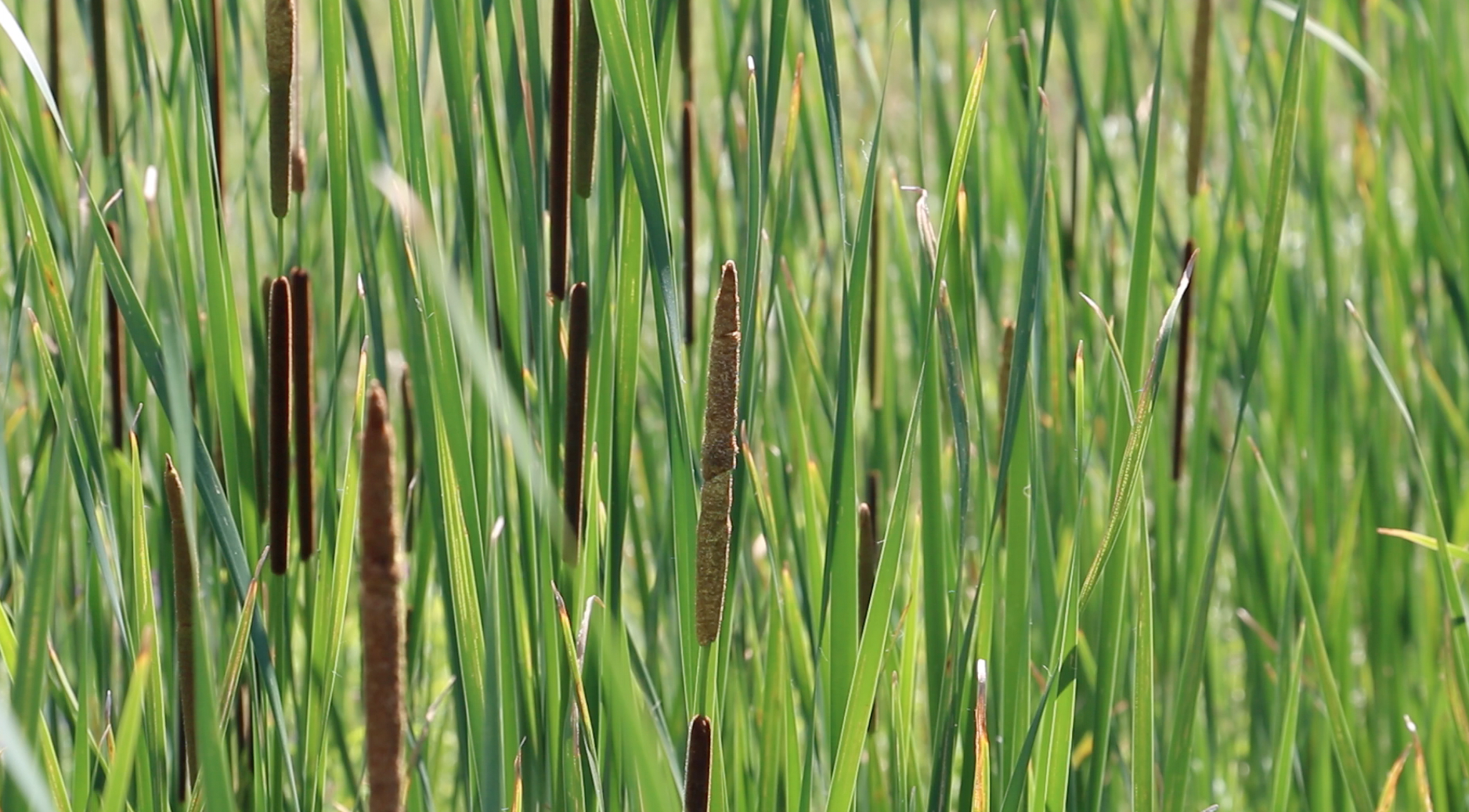What's Your Nature?
Become a Nature Up North explorer to share your encounters with wild things and wild places in New York's North Country. Post your wildlife sightings, landscape shots, photos from your outings, and even your organization's events!
Winter Is Coming: A Tale of Three North Country Species
Come fall, we all start to prepare for winter in our own ways. We unearth the sweaters that have been accumulating dust since spring, and pull out our wool hats and mittens. Some of us chop wood and stack it next to the door, or restock the storm candles in the drawer by the stove. We can food, stocking pantry shelves with jars of red tomatoe sauce, purple sauerkraut, green dilly beans. There is a current running through the air, a rush to beat the cold. But we aren’t the only ones who are getting ready; lots of other North Country natives have their own survival plans.
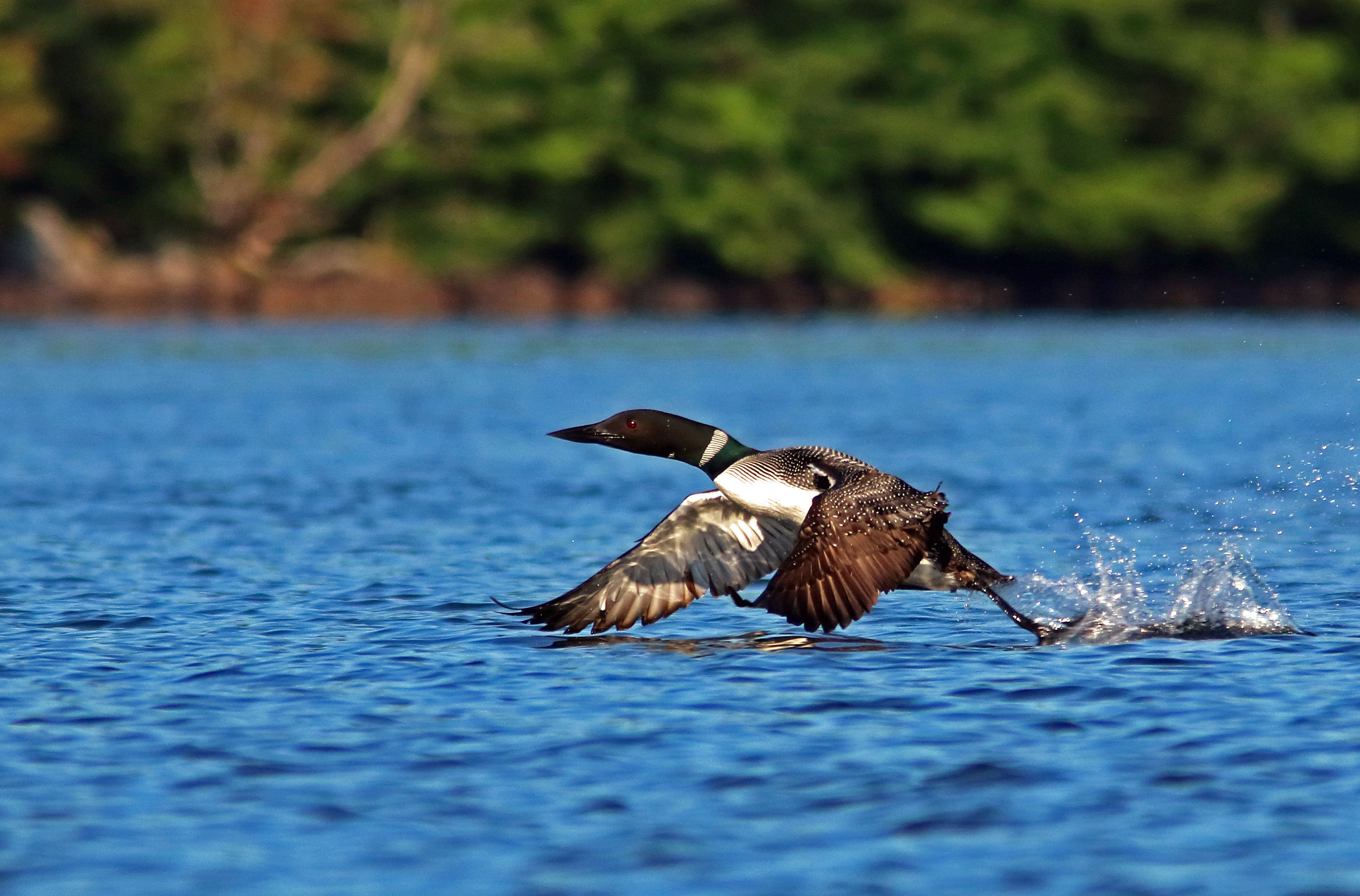
The Great Blackbird Migration
Migrating birds of all stripes—and wing patches, tail bands, and other markings—are impressive. My hat is off (figuratively only, of course) to all the songbirds, raptors, and waterfowl that fly from their Northern breeding grounds to warmer climes, in some cases thousands of miles, without benefit of Google Maps or a travel agent.
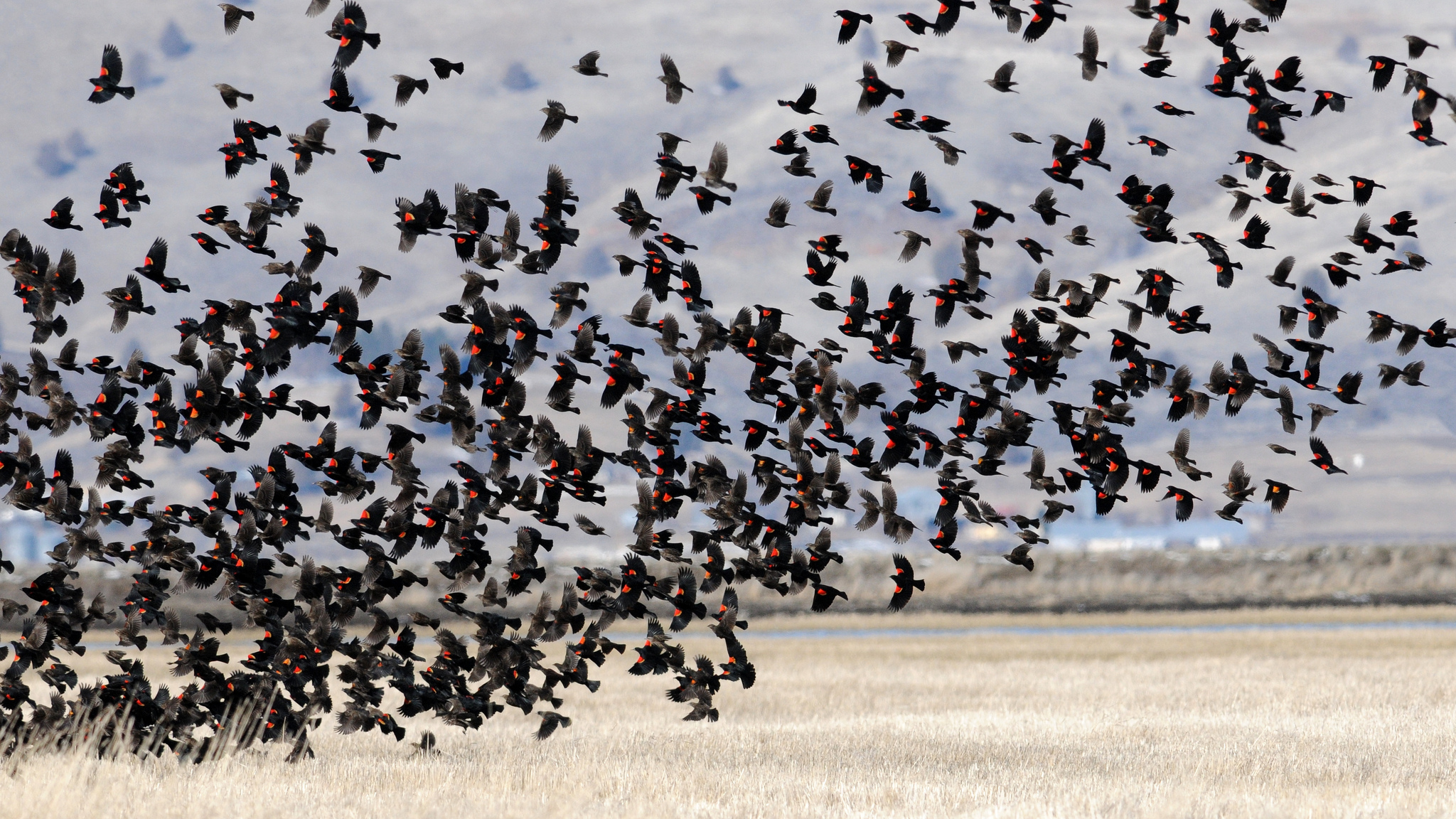
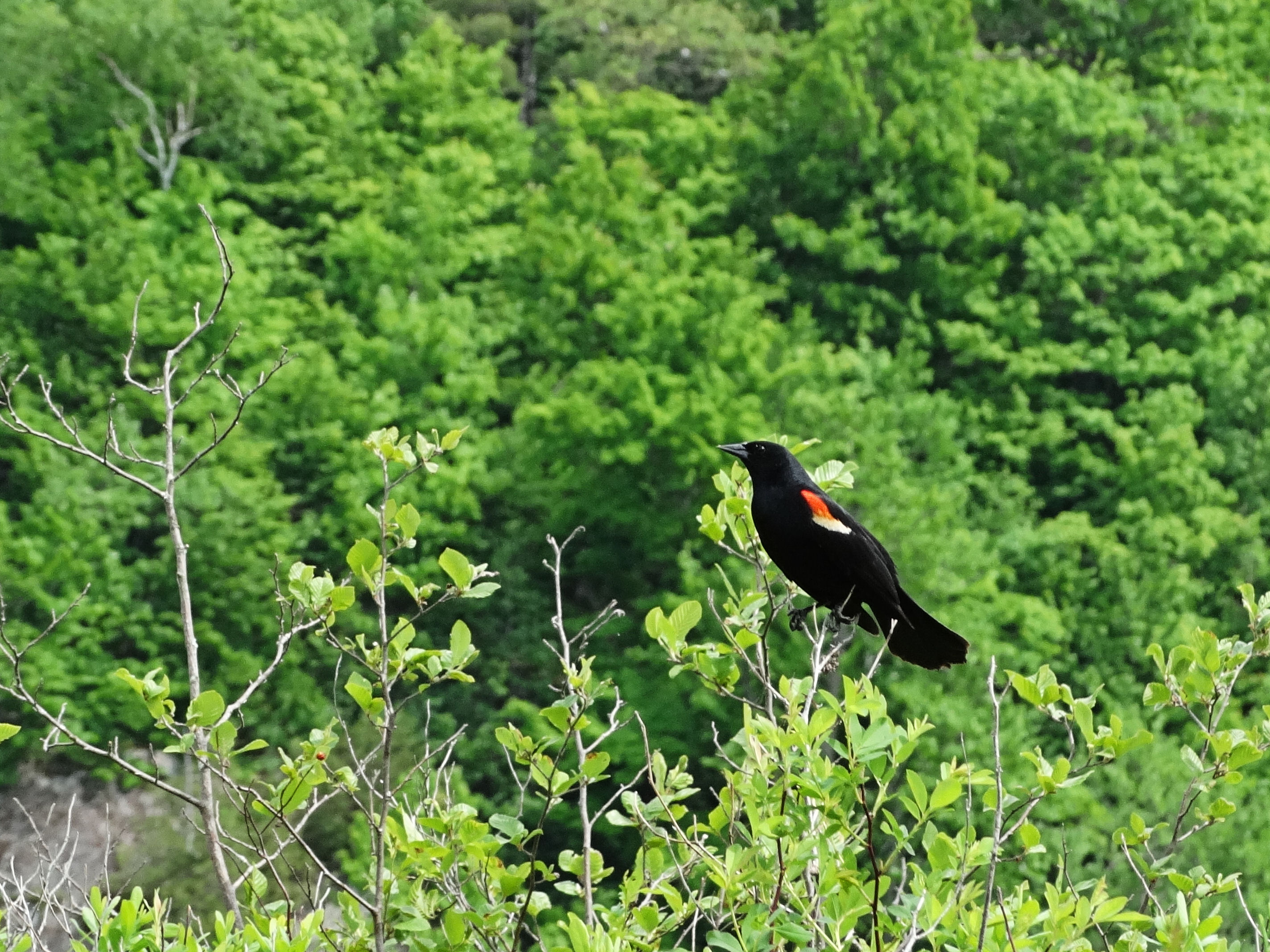

Whitewater Kayaking on the Raquette
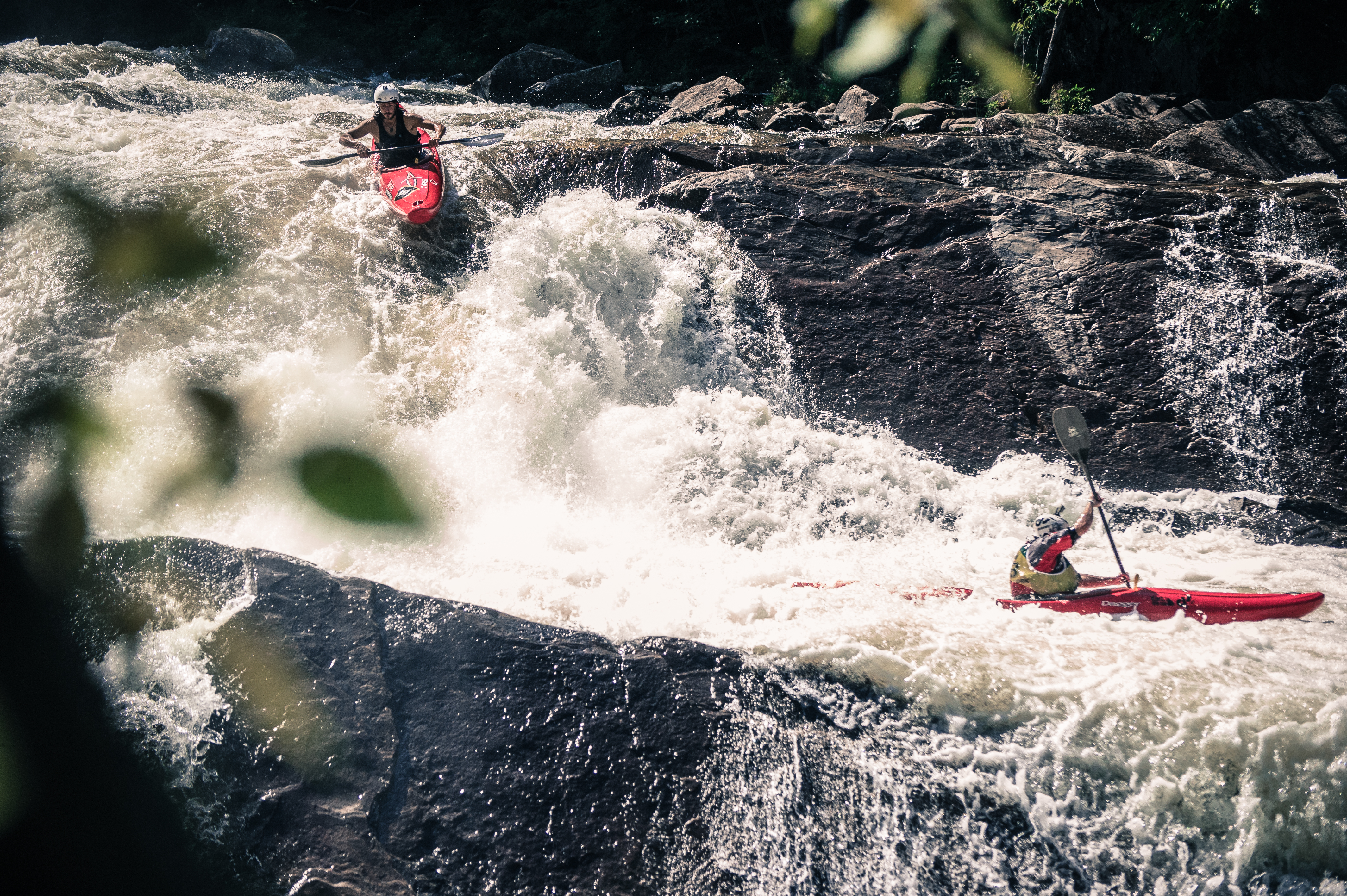
Kayakers from all over the Eastern US and Canada convened at Stone Valley in Colton on Labor Day Weekend for the Raquette Race, part of the Whitewater King of New York Series. The series includes competitions along four Northern New York Rivers: the Raquette, Black, Beaver, and Moose.
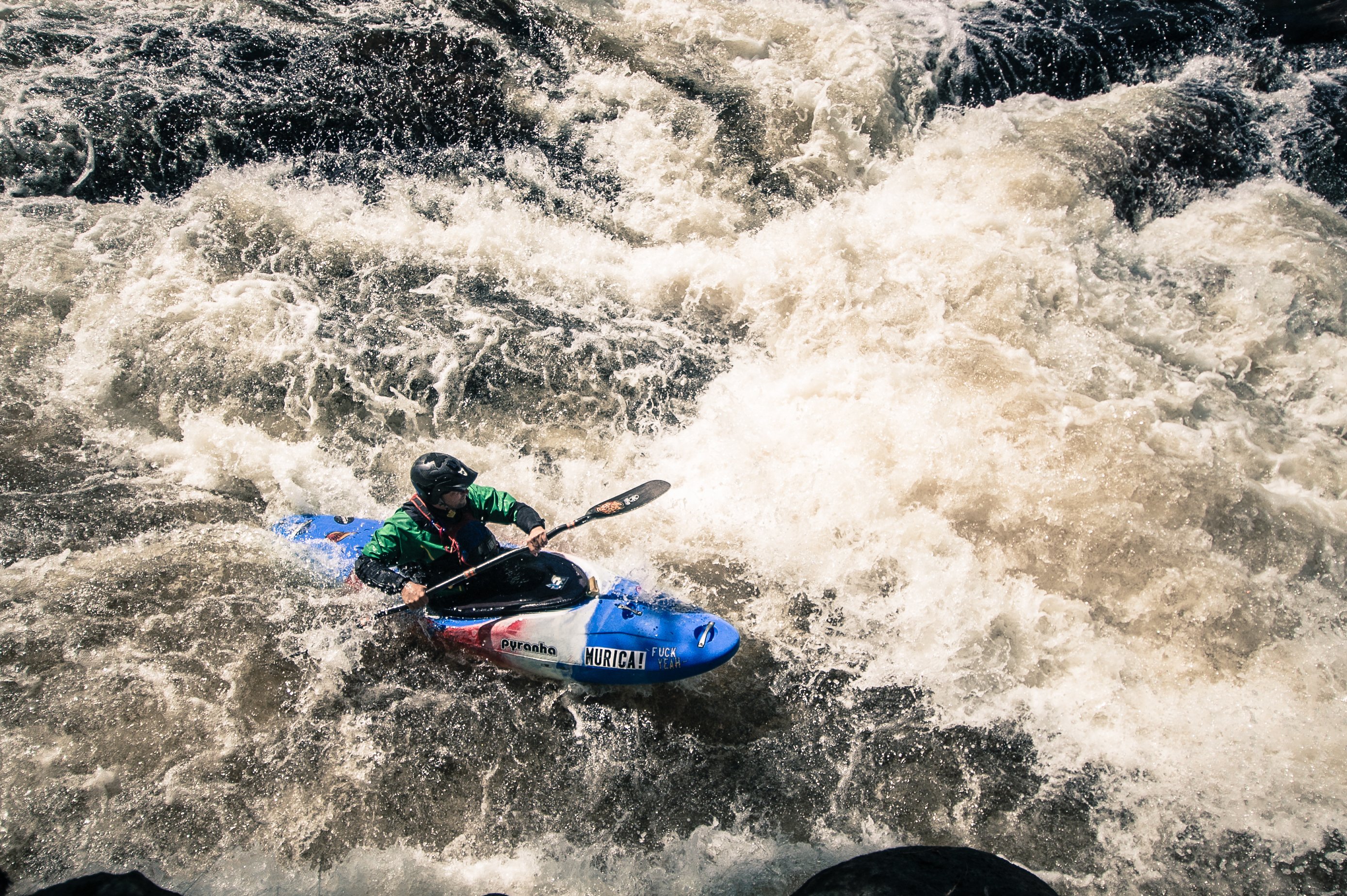
The Color of Dry
It turns out that, in terms of fall foliage, the color of too dry is officially known as “Blah.” This would undoubtedly be the least popular color selection if it was included in a jumbo Crayola crayon pack. Basically, it is a jumble of faded hues with a mottled brown patina. This year’s dry summer could mean that “blah” may feature prominently in Mother Nature’s fall hardwood forest palette.
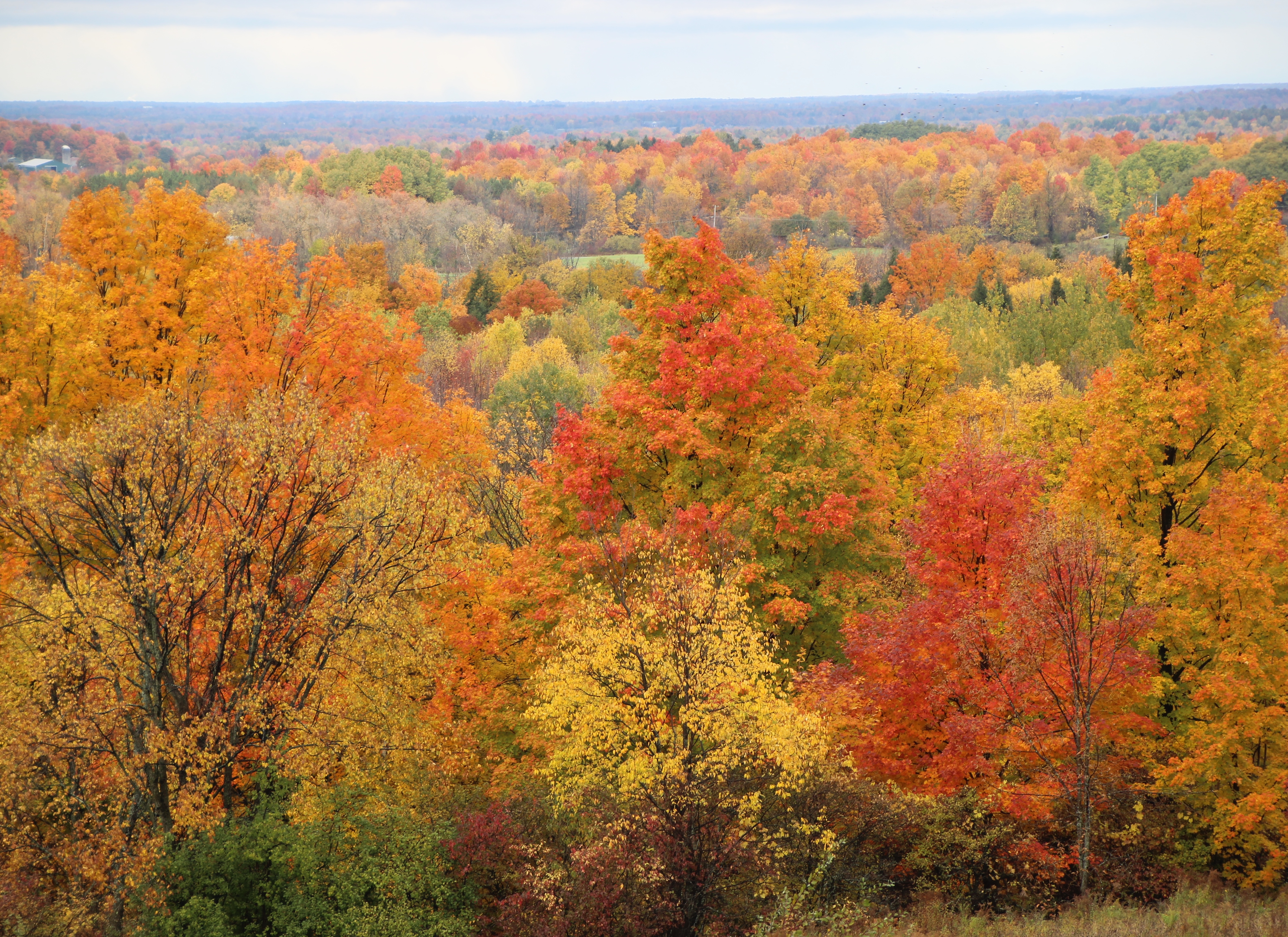
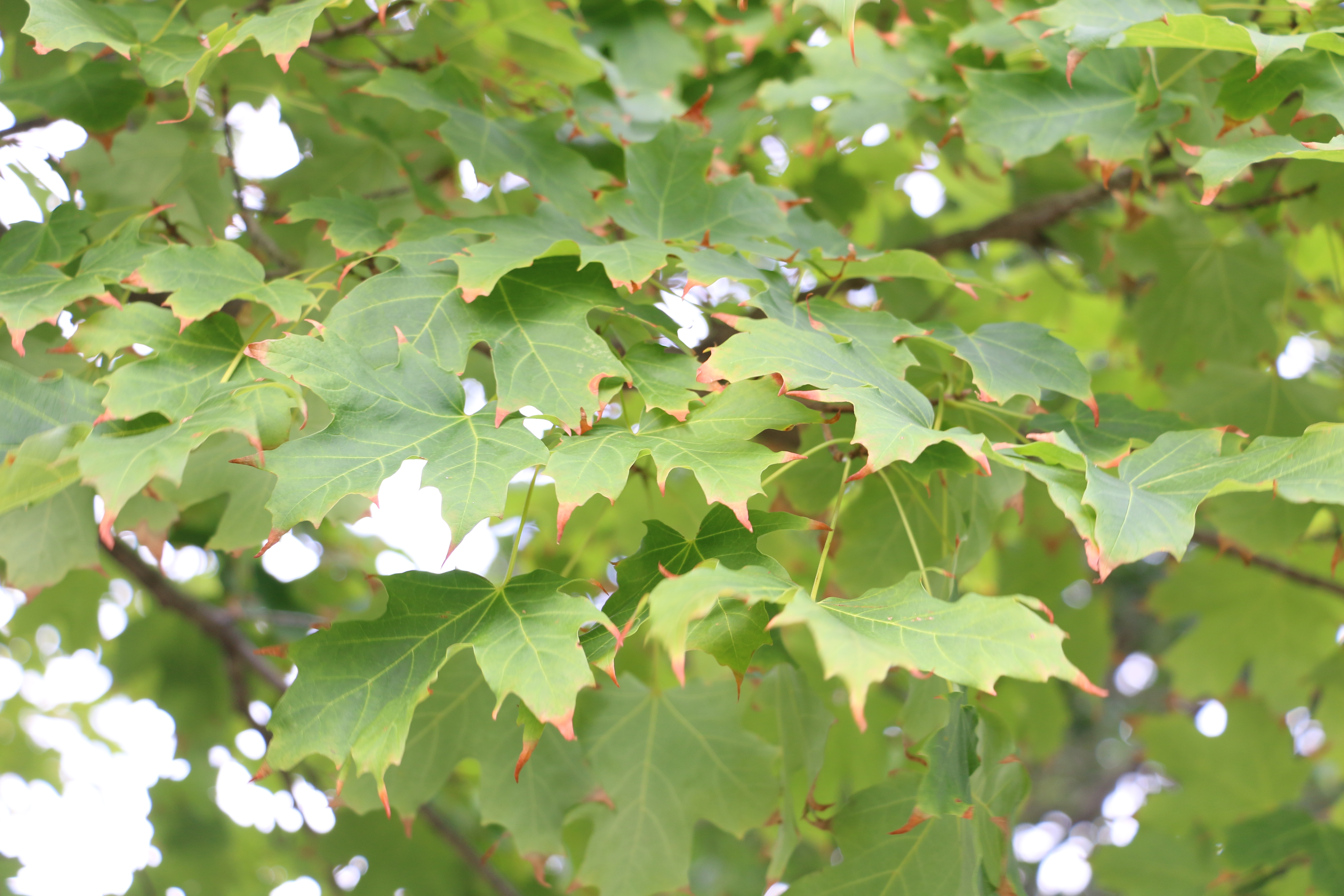
Wild Eats Episode 5: Wild S'mores
No campfire is complete without a few s’mores. S’mores hit the proverbial sweet spot of flavor and entertainment – enjoyed around a crackling campfire with family and friends, the challenge of roasting the perfect marshmallow can keep you occupied for hours.
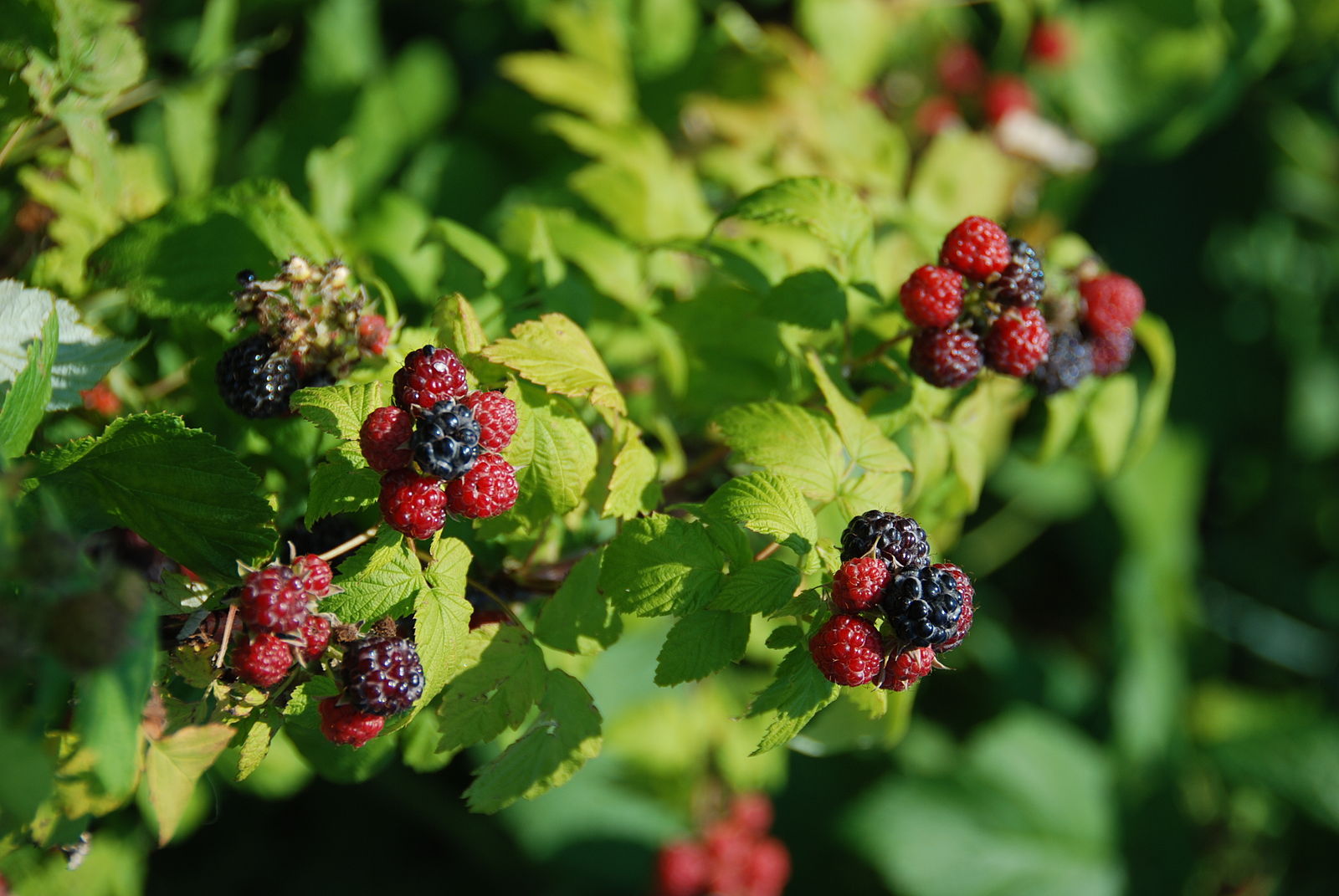
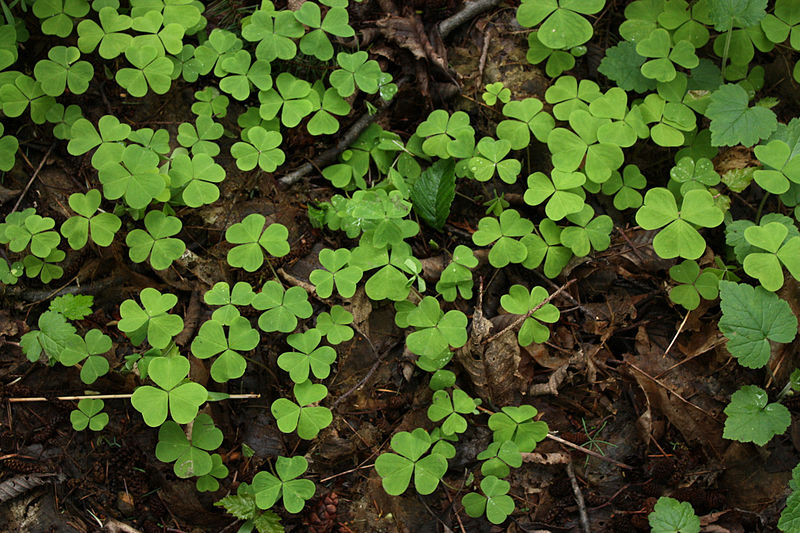
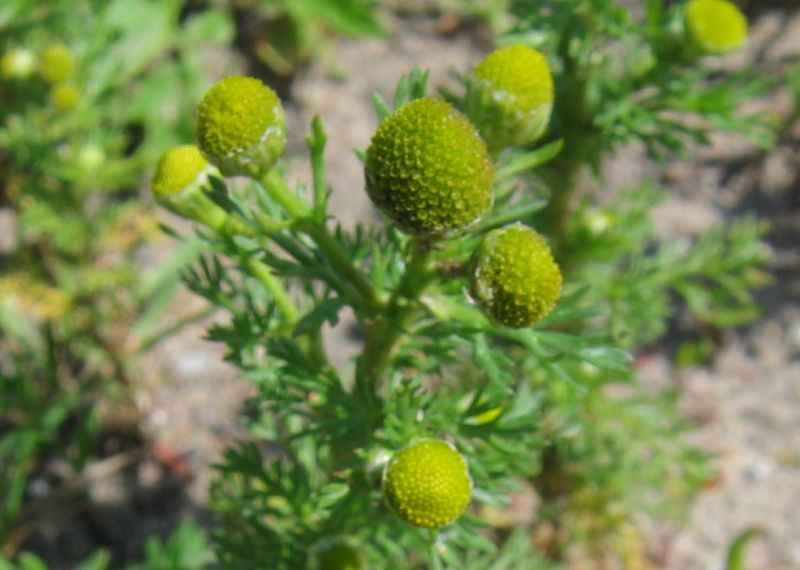
The Drought of 2016
They say that every cloud has a silver lining, but what happens when all you really need is a cloud? The Drought of 2016 (sounds more ominous when I capitalize it like that) has really beat up on gardens and landscapes. You know it’s dry when dandelions begin to shrivel up, which is the case in my yard. The problems wrought by the drought are (mostly) obvious, but is there a silver lining anywhere?
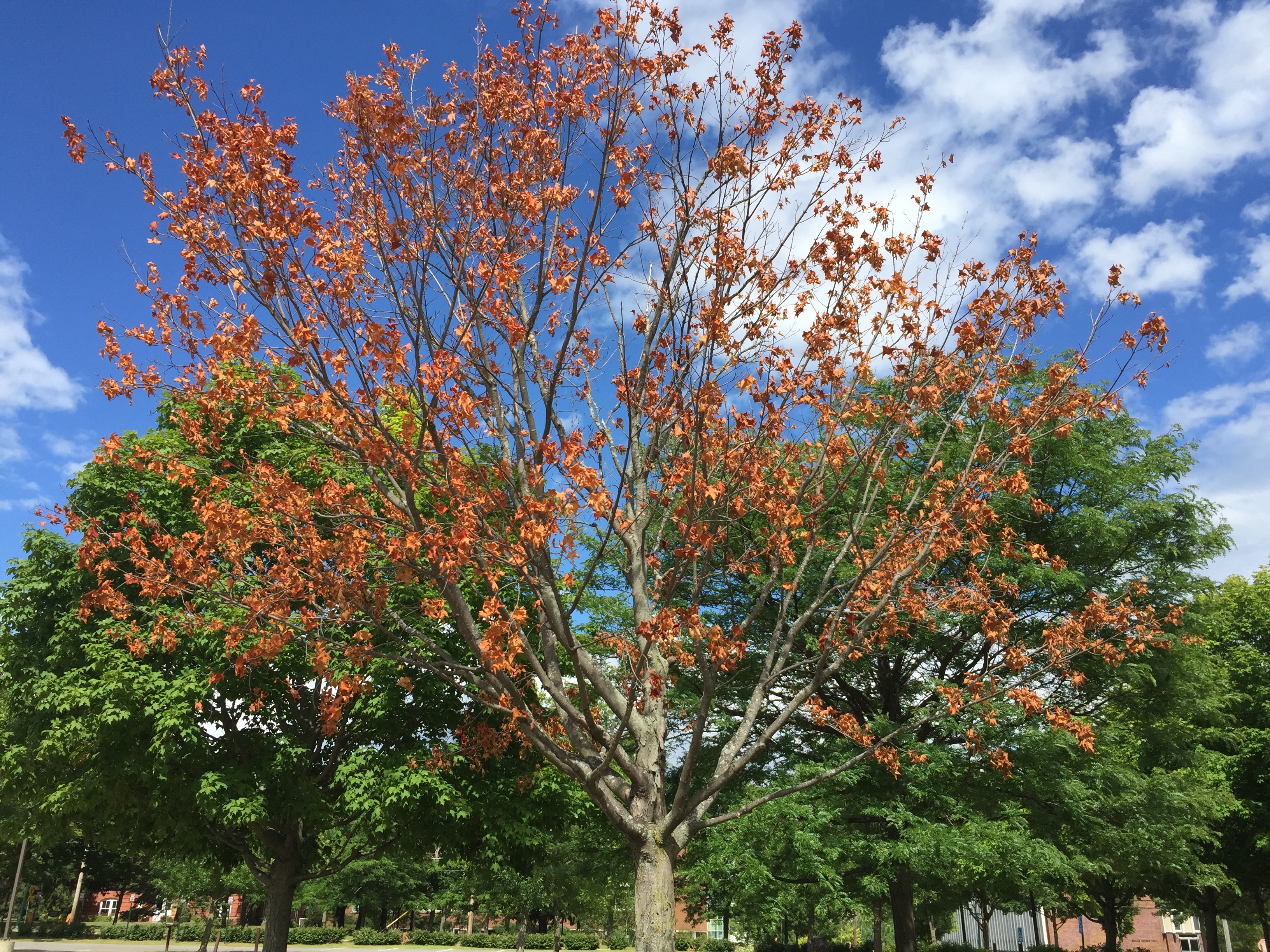
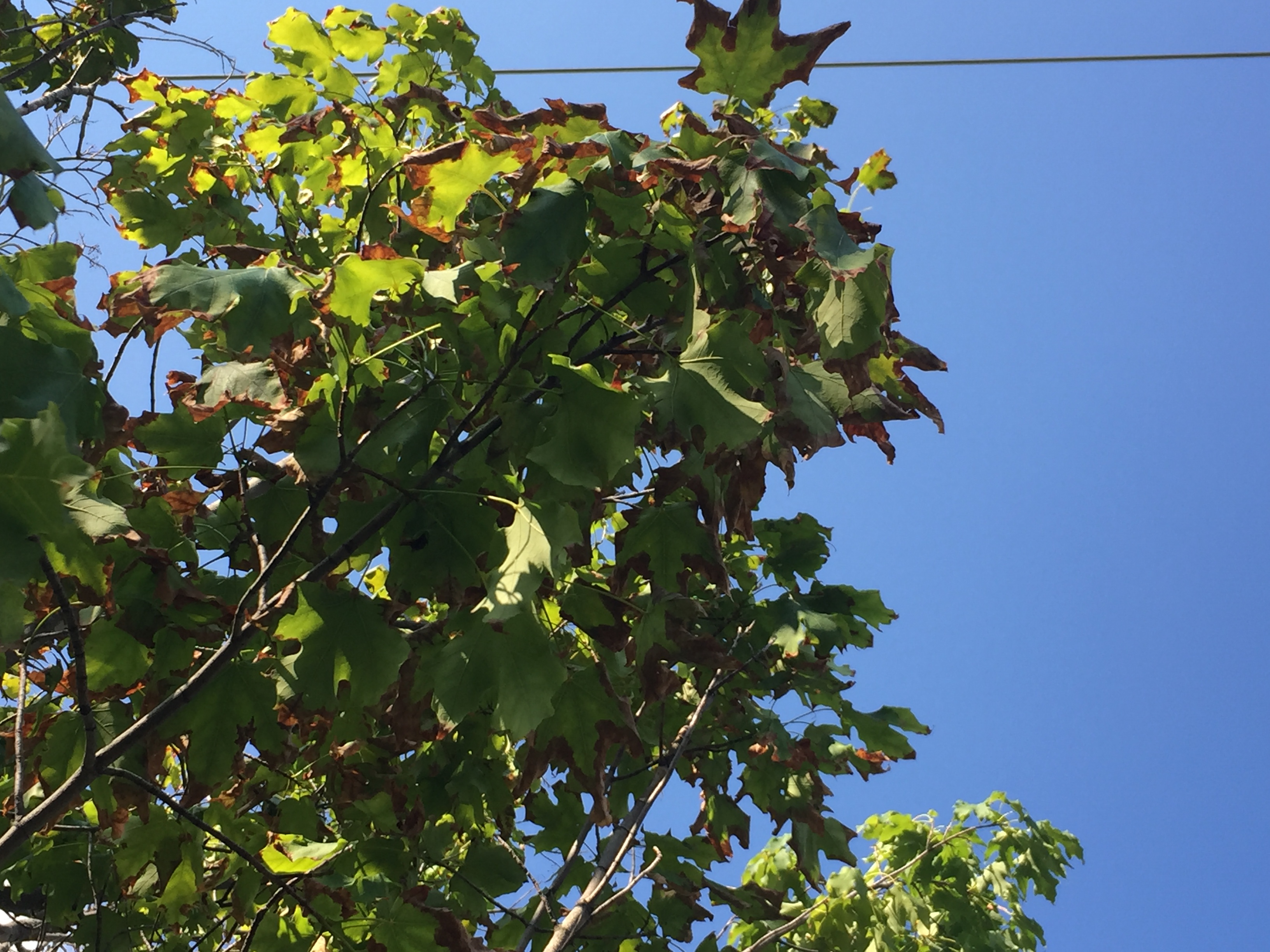
Bringing Community back to the Classroom
For the past two days, I have had the amazing experience of absorbing all things Nature Up North through a teacher workshop on the St. Lawrence University campus. As a local science teacher, I spend a lot of my summer...yes enjoying a well deserved break from the daily grind...but also reflecting on the past school year. I am always brainstorming ways to make science content in the classroom more tangible and relevant to my students. Through this workshop I have been inspired as to how to achieve this goal.
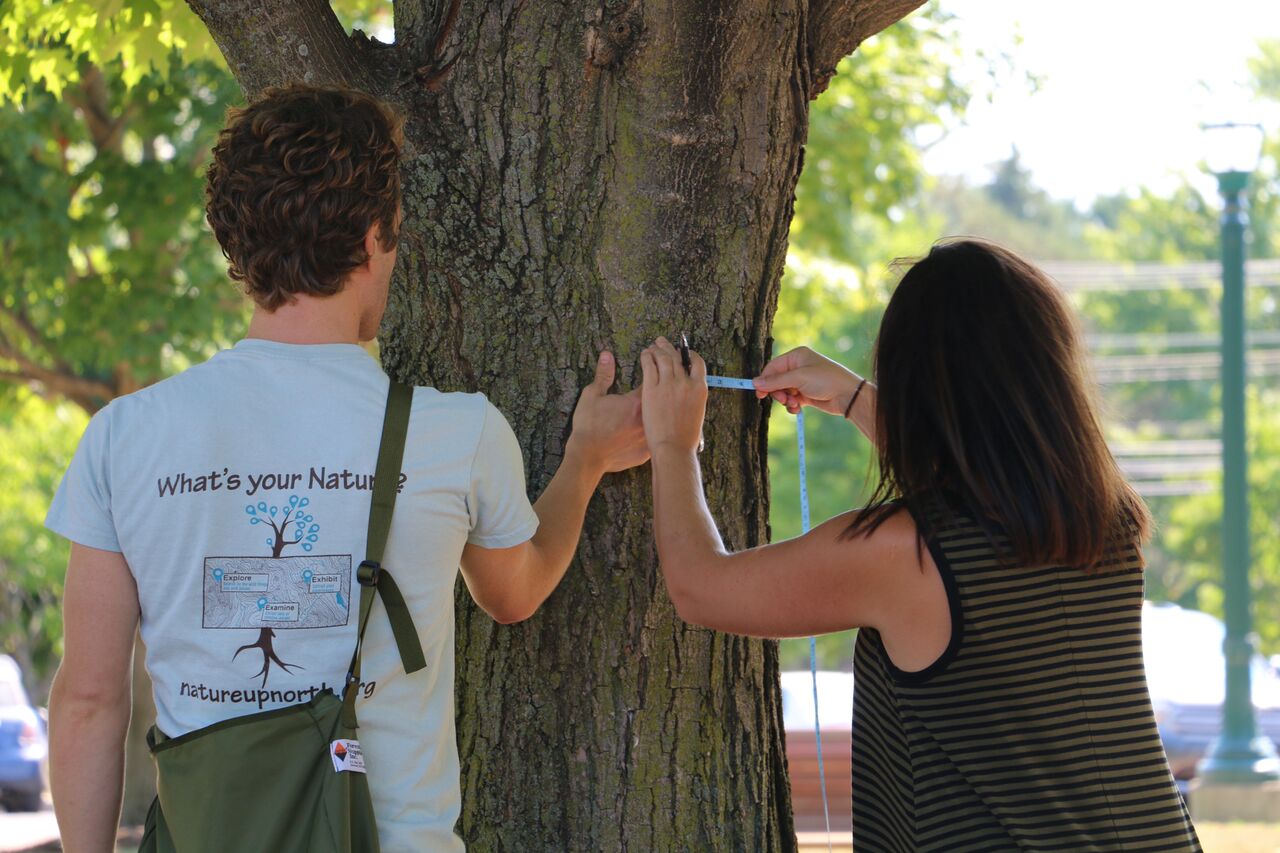
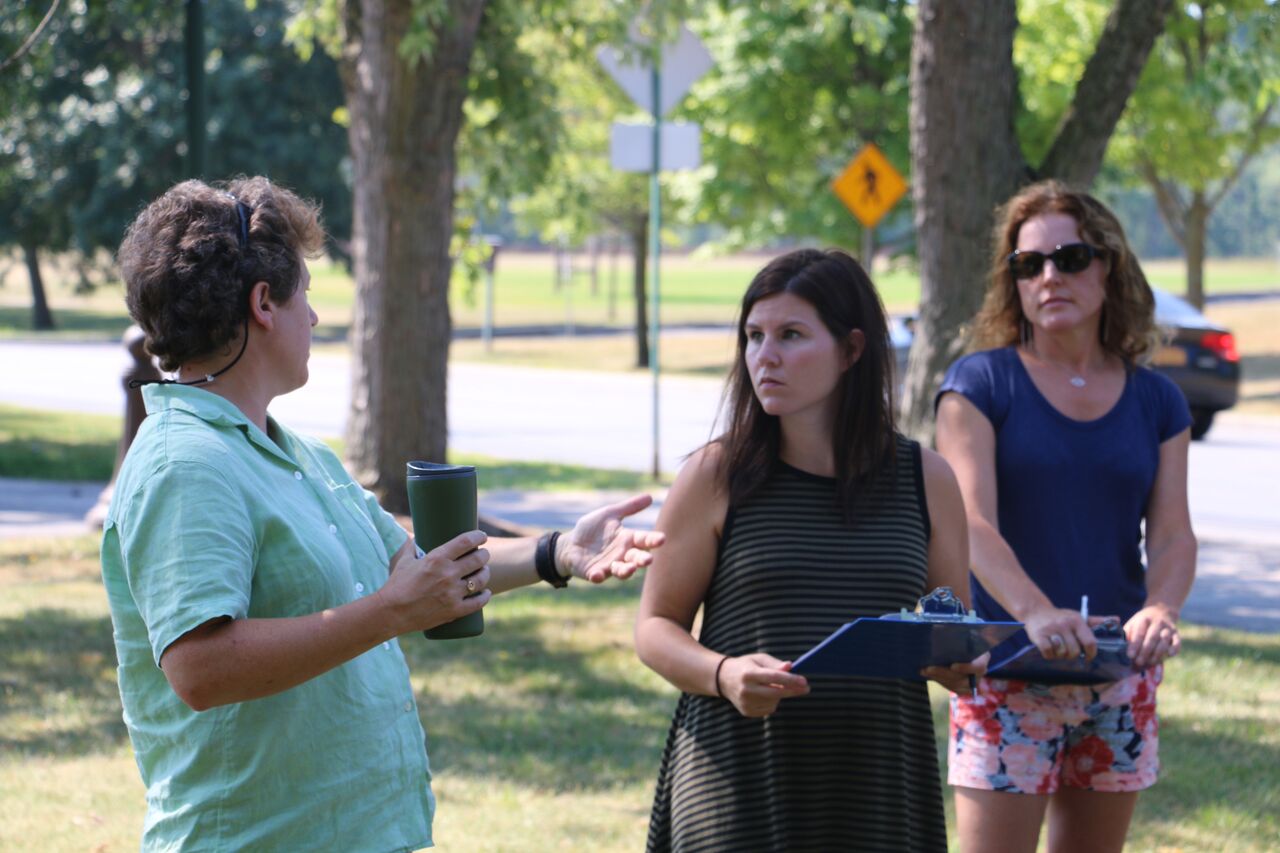
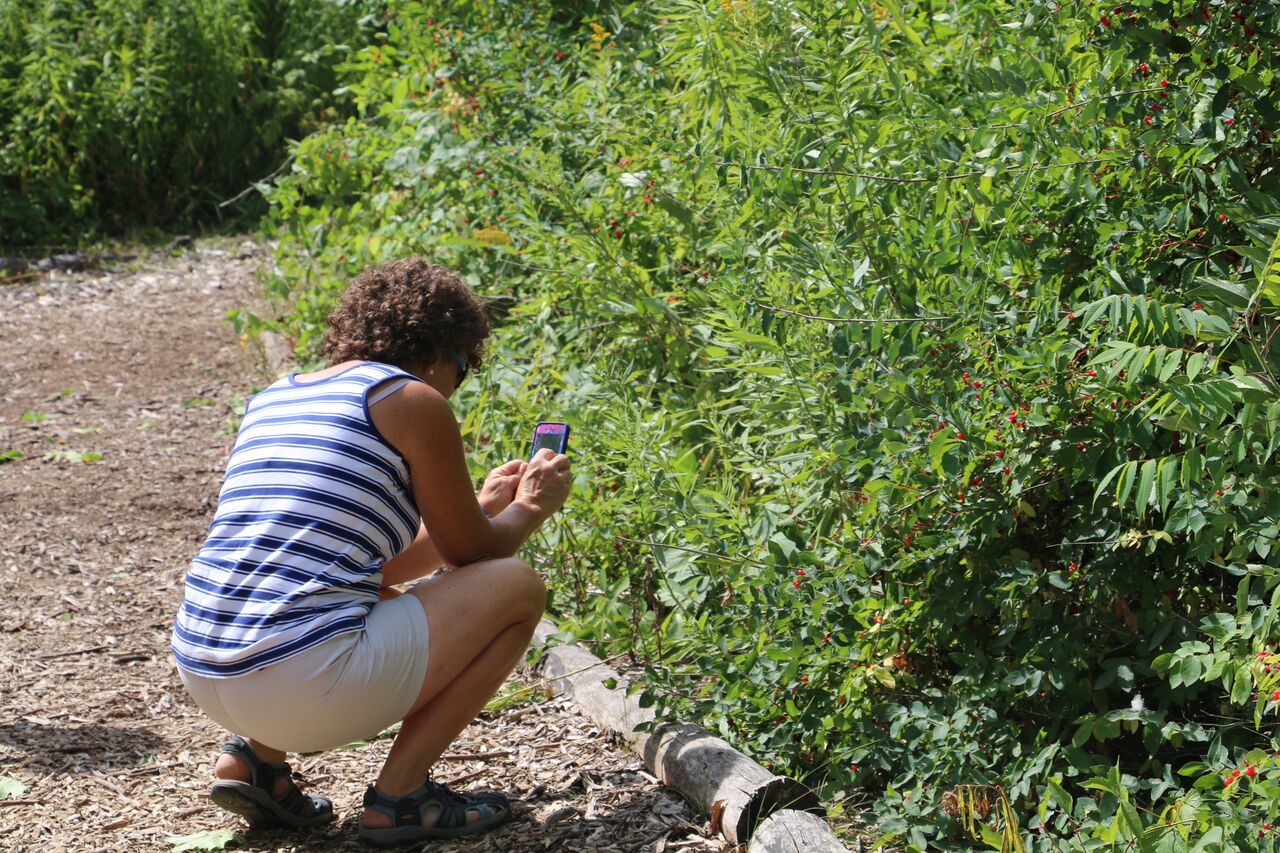
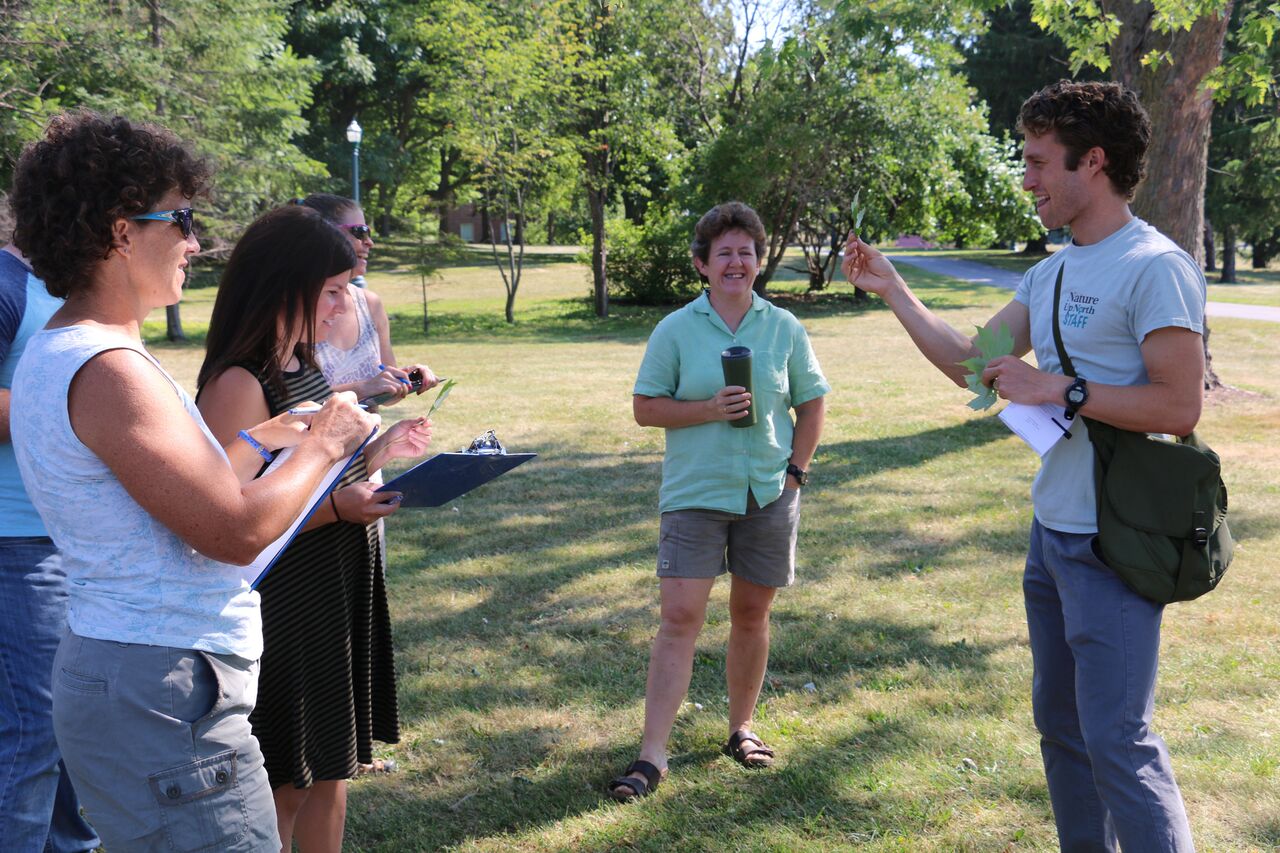
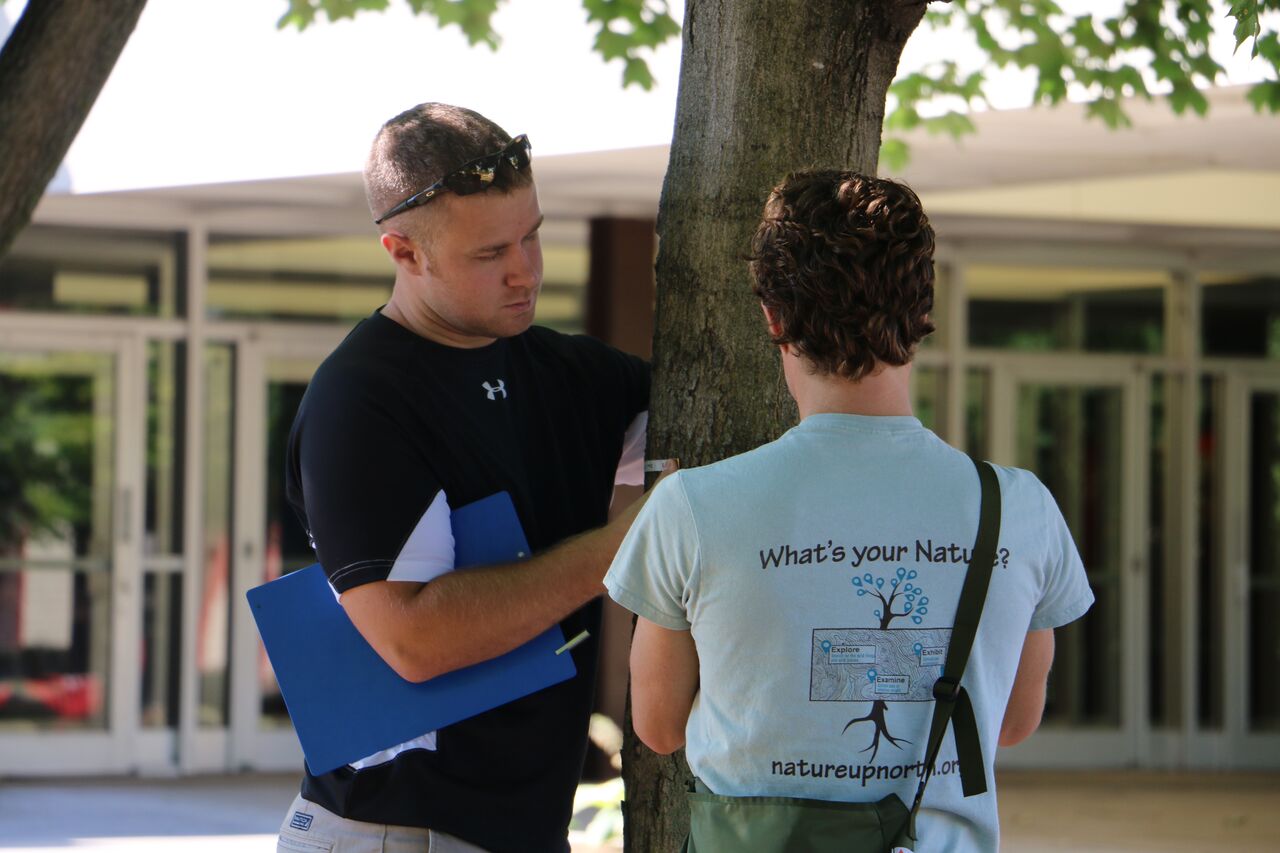
Wild Eats Episode 4: Nettle Ravioli
In most cases it’s wise to avoid contact from anything that stings, yet nettles are a notable exception. Stinging nettles (Urtica dioica) are covered in fine hairs called trichomes, which inject histamines into your skin on contact, causing an unpleasant stinging sensation. Fortunately for us, cooking nettles destroys the trichomes, leaving us with a mild-flavored and nutritious leafy green.
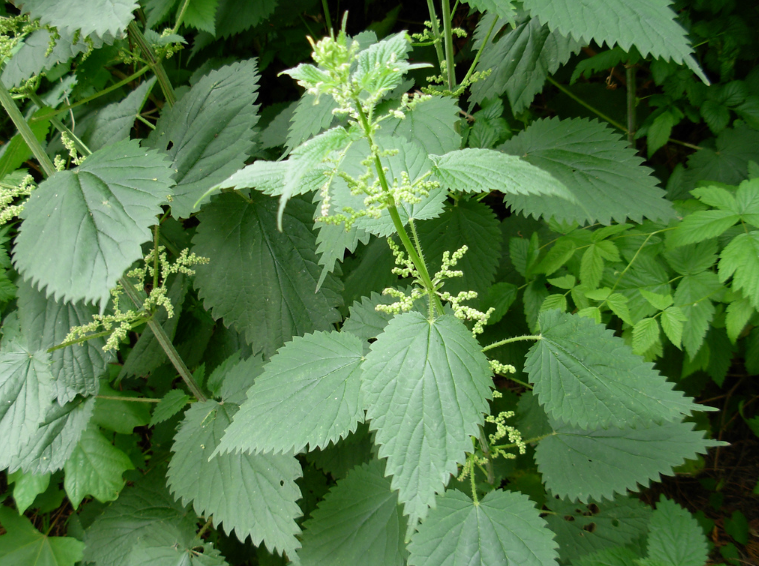
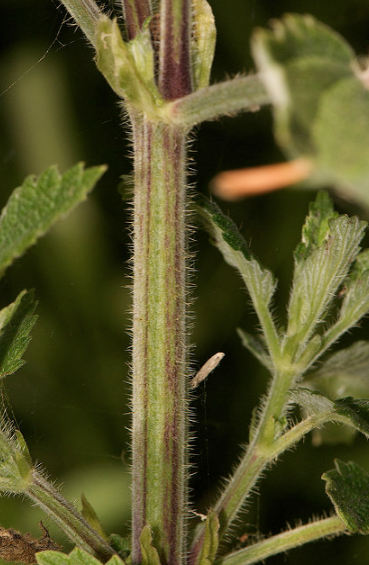
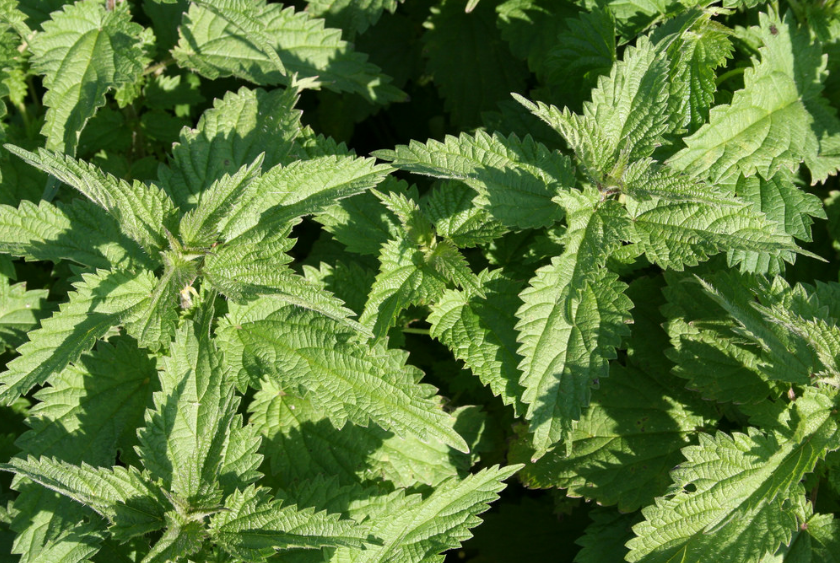
An Enchanted Afternoon: 2016 Fairy House Workshop
What’s a creative and imaginative way to engage with nature? Build a fairy house! Magic was definitely in the air at our fairy house building workshop this afternoon. Both kids and adults spent time first learning about the basics on how to build their own fairy house before beginning construction. Like any good architect, they first drew up plans and blueprints and considered what materials they wanted to utilize. They also learned that it is important to respect, and not destroy, nature when building a fairy house.
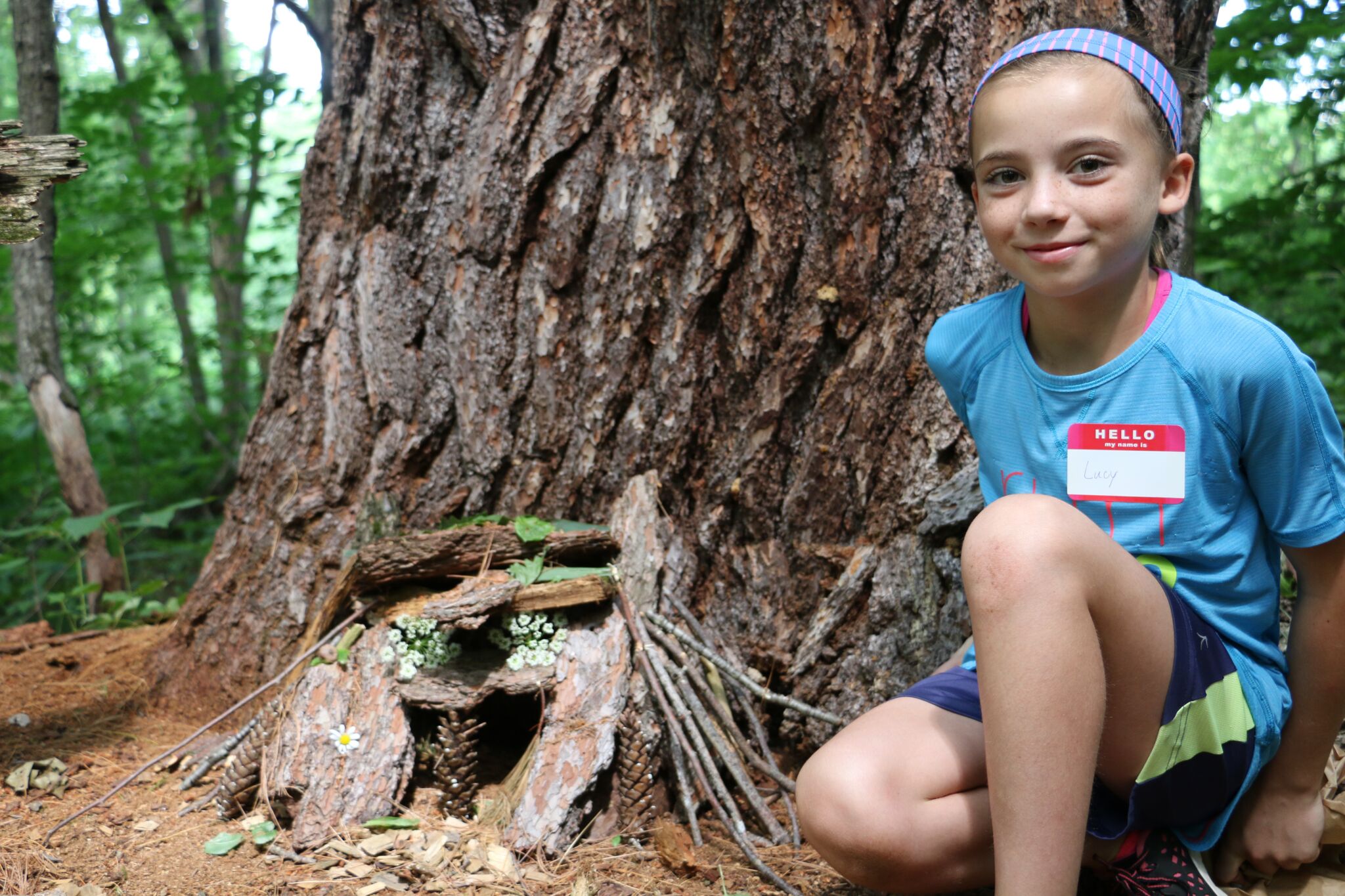
Wild Eats Episode 3: Cattails
Who needs mining gold when you can have swamp gold? What is swamp gold, you ask? Well, hold onto your hats ladies and gentlemen: you’re in for a treat! The North Country may not have a lot of golden ore, but its wetlands are filled with cattails whose pollen transforms local swamps into a virtual goldmine.
